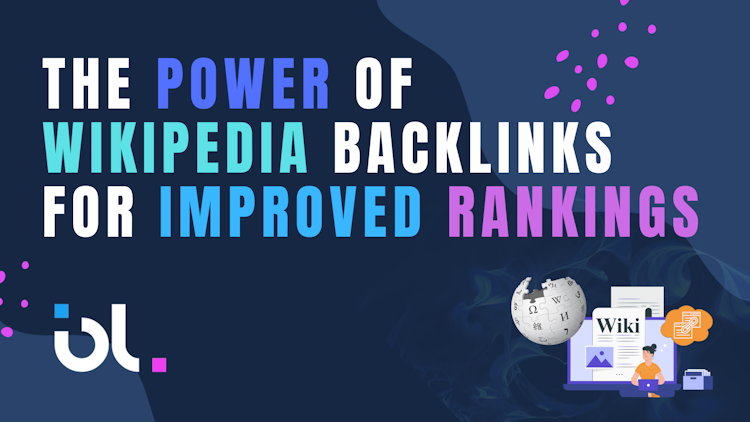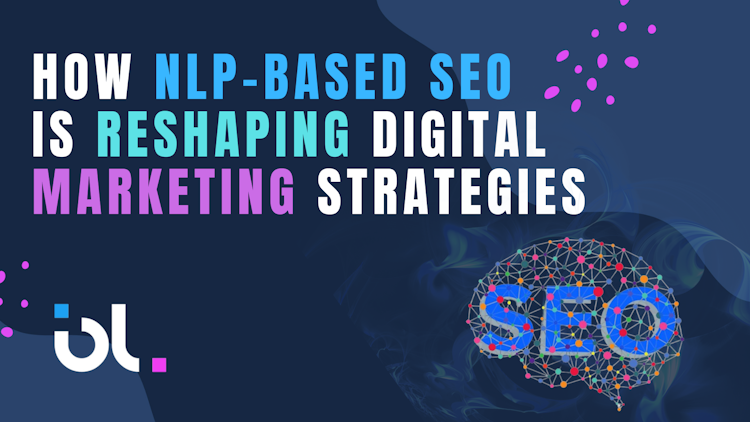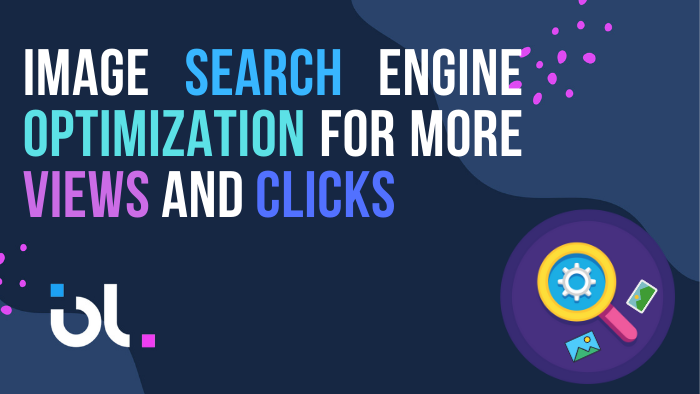However, in the midst of this visual revolution, one critical component that website owners frequently neglect is image SEO and its profound impact on website visibility and user engagement.
The Significance of Image SEO
More than ever before, the adage “a picture is worth a thousand words” rings true in the modern digital age. Visual material is critical for engaging users and successfully communicating information. Search engines, such as Google, recognize its significance and have evolved to analyze photos, making image SEO more important than ever.
Images increase user engagement by breaking up the monotony of text, conveying emotions, and improving a website’s overall look. Users are more likely to stay on your site and interact with its content if they can locate what they’re looking for through photographs.
Image SEO and its Impact on Website Traffic
Utilizing the power of images on search engines can have a major impact on the traffic to your website. Many people use image searches to find inspiration, products, or answers. By optimizing your photographs, you boost your chances of appearing in image search results, resulting in more organic traffic to your website.
Image SEO also improves user experience by increasing the loading speed and accessibility of your images. Images that load faster minimize bounce rates and encourage users to explore your site deeper, signaling to search engines that your material is worthwhile.
10 Image SEO Best Practices
A mix of image SEO approaches and strategies can make a huge impact in how your website performs in search engine rankings and engages users. Let’s take a closer look at these great practices:
1. File Format and Compression
The first step in image SEO is to select the appropriate file format. JPEG is a great format for photos and images with intricate color gradients. However, PNG is the format of choice for transparent images like logos and icons. It is also critical to compress your photographs without reducing quality. By compressing the files, you may ensure faster page loading, which is not only a known SEO ranking element but also a user-friendliness need.
2. Image Alt Text and Descriptions
The unsung hero of image SEO is alt text. Creating meaningful alt text for your photographs is critical for a variety of reasons. It not only improves accessibility for visually challenged users, but it also assists search engines in comprehending the information and context of your photographs. Consider alt text to be a concise but informative explanation of the image. It should explain the significance of the image, creating a compelling narrative that improves user experience and SEO.
3. Image Size and Dimensions
Image size and dimensions are critical in responsive web design. Large, high-resolution photos may be visually appealing, but they can slow down the loading speed of your website, affecting both user experience and SEO. It is critical that your photos fit the space they take up on your web pages. Rather than depending on HTML or CSS to resize photos, scaling them down to the exact size required reduces load times and helps retain the design integrity of your website.
4. File Naming and Structure
Naming your image files should be done with care. Descriptive filenames not only aid in image identification but also function as vital SEO tools. It is possible to boost the visibility of your images in search results by using important keywords in the filenames of such photographs. Furthermore, arranging your photographs on your server into logical folders makes it easier for search engines to index and interpret your visual material. A well-organized image library is SEO-friendly.
5. Captioning and Image Captions
Adding captions to your photographs adds an extra layer of context, which is very useful for blog posts and articles. Captions enhance user experience and aid in SEO by providing a quick explanation or comment about the image. They provide readers with a deeper grasp of the information and motivate them to interact with your website. Captions are also useful for highlighting significant points or conveying stories in image-heavy content.
6. Mobile Optimization
Because of the proliferation of mobile technology, search engine optimization for images has to prioritize mobile optimization. Make sure your photographs are not only responsive but also fast to load on mobile devices. Responsive photos adjust to different screen sizes and orientations, resulting in a more seamless user experience that can boost your mobile search rankings. Catering to mobile consumers is a non-negotiable part of SEO in this mobile-centric era.
7. Structured Data and Rich Snippets
To make your images stand out in search results and catch users’ attention, use schema markup for images. This structured data provides additional information to search engines and can lead to rich snippets in search results. Rich snippets are eye-catching visual enhancements that often include star ratings, product prices, and other key details. They can significantly boost your click-through rates and provide a competitive advantage in search results.
8. Image Sitemaps
Creating image sitemaps is a strategic step that provides search engines with a systematic list of the photos on your website. This allows search engines to more efficiently index your graphics, improving the possibility of them appearing in image search results. By creating image sitemaps, you boost the image SEO of your website, resulting in more organic traffic from image search results.
9. Page Load Speed and Image SEO
The loading time of your website may be significantly sped up by optimizing the images on it. Images that are compressed and suitably scaled help your site operate better and can lower bounce rates. Users are more inclined to stay on your website when they encounter faster loading times, signaling to search engines that your information is valuable. Better search engine results and more engaged visitors can result from a great user experience.
10. User Generated Content and Image SEO
Engaging your audience through user-generated content can be a strong website tactic. Encourage users to post photographs, reviews, or other visual content to improve user experience and community participation. However, it is critical to actively monitor and control this content to ensure that it corresponds with your site’s goals and image SEO techniques. User-generated photos can be a double-edged sword in that they can improve your website’s content and engagement while also harming your SEO efforts if not controlled appropriately.
Incorporating these image SEO best practices into your website’s strategy can drastically increase your online visibility, user engagement, and search engine rankings. If you operate a company, run a blog, or are in charge of a website, being proficient in these abilities will help you maintain your competitive edge in the visually driven environment of the internet.
The Impact of Lazy Loading on SEO and Engagement
Understanding Lazy Loading
The loading of resources that are not essential may be delayed until it is absolutely necessary to do so using a technique known as “lazy loading.” By lowering the initial load time of a webpage, this strategy can greatly enhance page speed and user experience.
Lazy Loading and SEO
Lazy loading can have an impact on SEO because search engines may not index images loaded using this strategy at first. Google and other major search engines, on the other hand, have increased their ability to crawl lazy-loaded content. It is critical to implement lazy loading effectively in order to reap the full SEO benefits.
User Experience and Engagement
Page speed and user engagement are balanced by lazy loading. It ensures that consumers can begin interacting with a website sooner, even if the complete page is still loading. This approach has the potential to improve the quality of the user experience overall while simultaneously increasing the amount of time visitors spend on your website.
Measuring the Impact
Analyze numerous SEO indicators to determine the impact of lazy loading on your website. Changes in search engine rankings, website load times, and user interaction data should all be monitored. Be prepared to tweak your lazy loading technique to achieve the best results.
Preparing Your Website for the Visual Web
Image SEO is extremely important in today’s ever-changing digital scene. As we go farther into the visual era of the internet, it is becoming more crucial to understand the possibilities of image optimization.
Accepting image SEO can provide several options to improve the exposure and overall performance of your website. Mastering these skills can put you at the vanguard of the visually driven internet scene, whether you’re a business owner, a blogger, or a webmaster.
Image SEO is more than simply appearances. Connecting with your audience, ensuring accessibility for all, optimizing for mobile users, delivering structured data, and improving page load time are all important considerations. It is about accepting user-generated content while exercising strict moderation.
The influence of lazy loading on page speed and user engagement has also been investigated. You may fine-tune your lazy loading technique for optimal results by examining crucial SEO indicators.
Remember that image SEO is your key to success in the visual web era as you enter into the digital arena. By following these best practices and remaining aware of the ever-changing nature of the online landscape, you’ll be well-positioned to excel in website exposure and user engagement.




